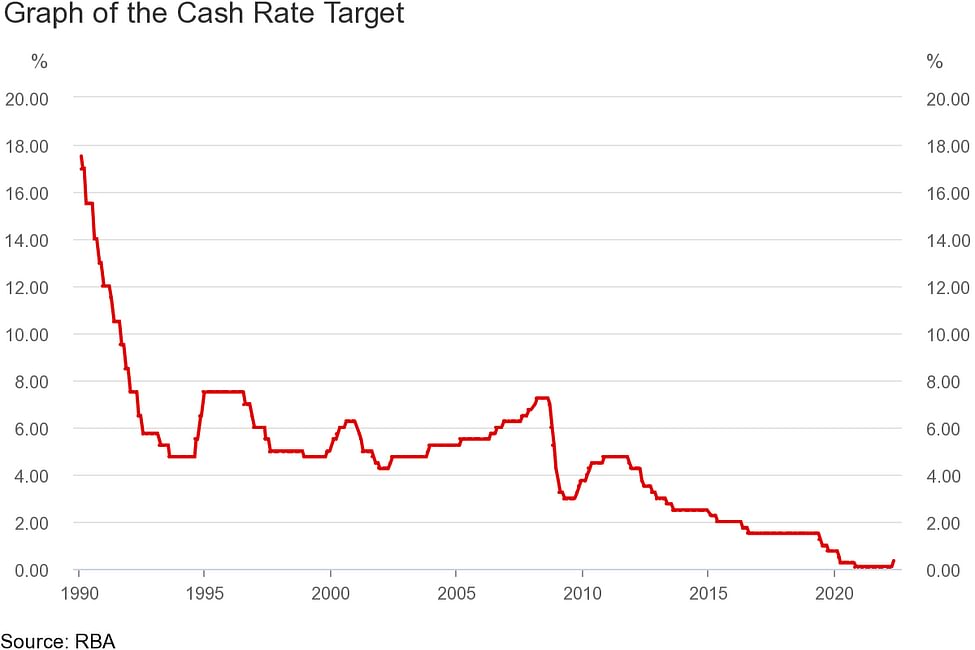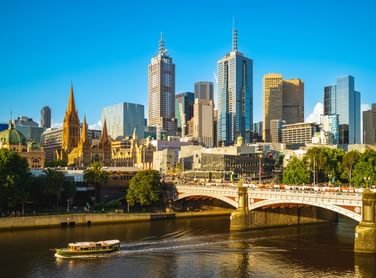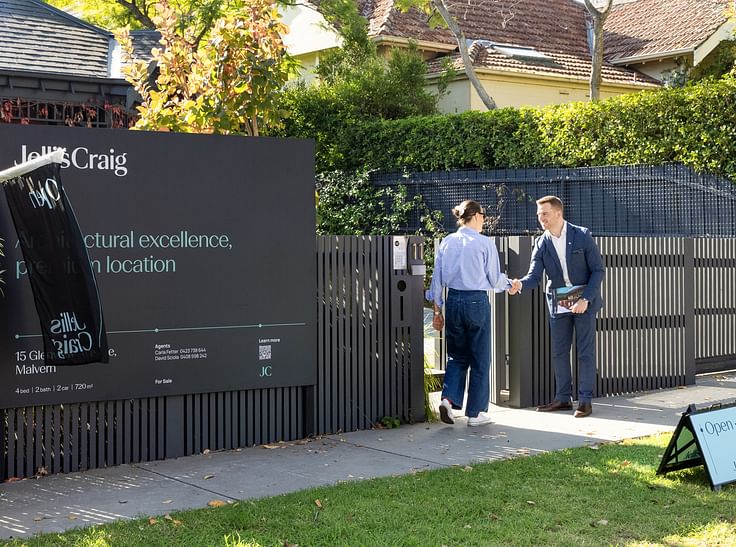Understanding the recent cash rate changes and the impact on the property market

On Tuesday 2nd May, the Reserve Bank of Australia (RBA) increased interest rates for the first time in 11 years.
Consistent global inflationary trends have now materialised in Australia, with the latest Consumer Price Index (CPI) rising 2.2% in the March 2022 quarter and 5.1% annually. With the Australian economy performing strongly and record low levels of unemployment putting pressure on wage growth, it was time to commence the reversing of the emergency interest rate settings put in place at the beginning of the pandemic.
Since the announcement, the commentary on housing market predictions has come thick and fast. No doubt with buyers factoring in an increase in mortgage costs, we’ve seen a moderate cooling of demand over recent months and a return to more normalised conditions, after the extraordinary price growth witnessed in the post lockdown period in 2021. That said, clearance rates have remained resilient and the market conditions conducive to trade
The graph below highlights the extraordinary nature of the recent cash rate settings when they dropped to its lowest level in history at the start of the pandemic. These setting were based on the dire forward predictions for the Australian economy which in hindsight did not eventuate.

Governor of the Reserve Bank, Phillip Lowe, echoed this sentiment:
“You might recall that during the dark days of the pandemic, March 2020, people talked about an unemployment rate in Australia of 15 per cent… Fortunately, things have worked out better than that which means we don’t need these very low-level interest rates that we thought we were needing, and that comes as a shock to people, but it is a testimony to the resilience of the economy and the fact Australians have [more] jobs today than ever before.”
Governor Lowe also suggested homeowners had been preparing for this moment through increasing their savings and were now prepared to survive the rate rise cycles:
“Over the past couple of years, households have saved an extra $240 billion over and above… The average owner occupier with a mortgage is more than two years ahead of their mortgage repayment”.
The banks are estimating further rate hikes in 2022 and into 2023. Consequently, we anticipate a period of adjustment for many of our clients and buyers where budgets are considered and altered based on the likelihood of future rate rises. In saying this, Governor Lowe has refused to be drawn on the exact pace and number of rate increases, due largely because it is difficult to predict how other factors will play out and affect rates.
Governor Lowe emphasised that Australian’s knew that interest rates couldn’t stay at this current level forever, and that the RBA is trying to normalise or rebalance rates now that we’re out of the emergency settings we were in.
“With an unemployment rate of 4 per cent and probably likely to go lower, and economic growth this year, we don’t need these emergency settings anymore, and [this is] good news.”
If you would like to discuss your next property move, get in touch with us today.
To keep up to date on the latest property news, and hear about property in your area, sign up here.









